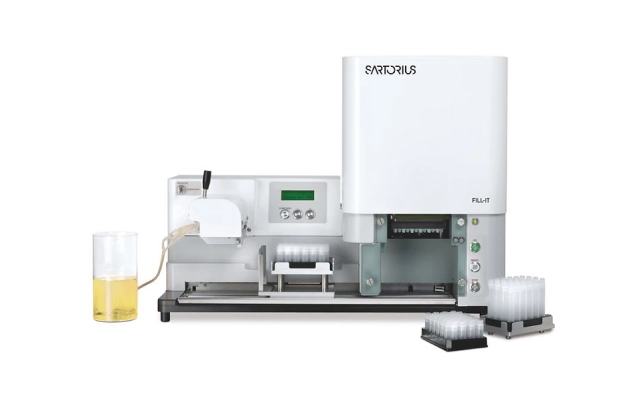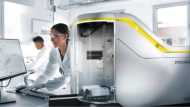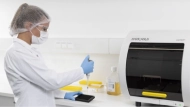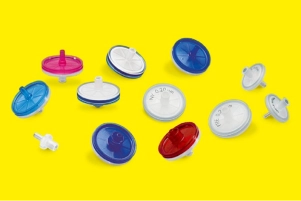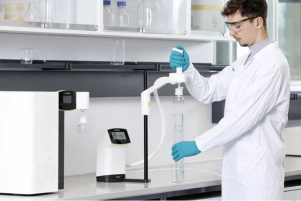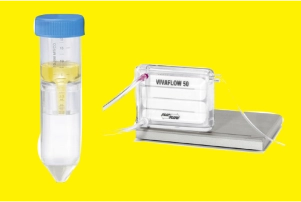Everyday lab essential products play a critical foundational role in the success of cell line development and are invaluable to lab technicians and scientists. Basic tasks like pipetting, filtration, and purification of small volumes can be time-consuming and tedious. Sartorius’ lab essentials streamline routine tasks and achieve more accurate results by:
Increasing reproducibility of your results
Avoiding contamination in your process
Enhancing safety & reducing fatigue with ergonomic, user-friendly products

